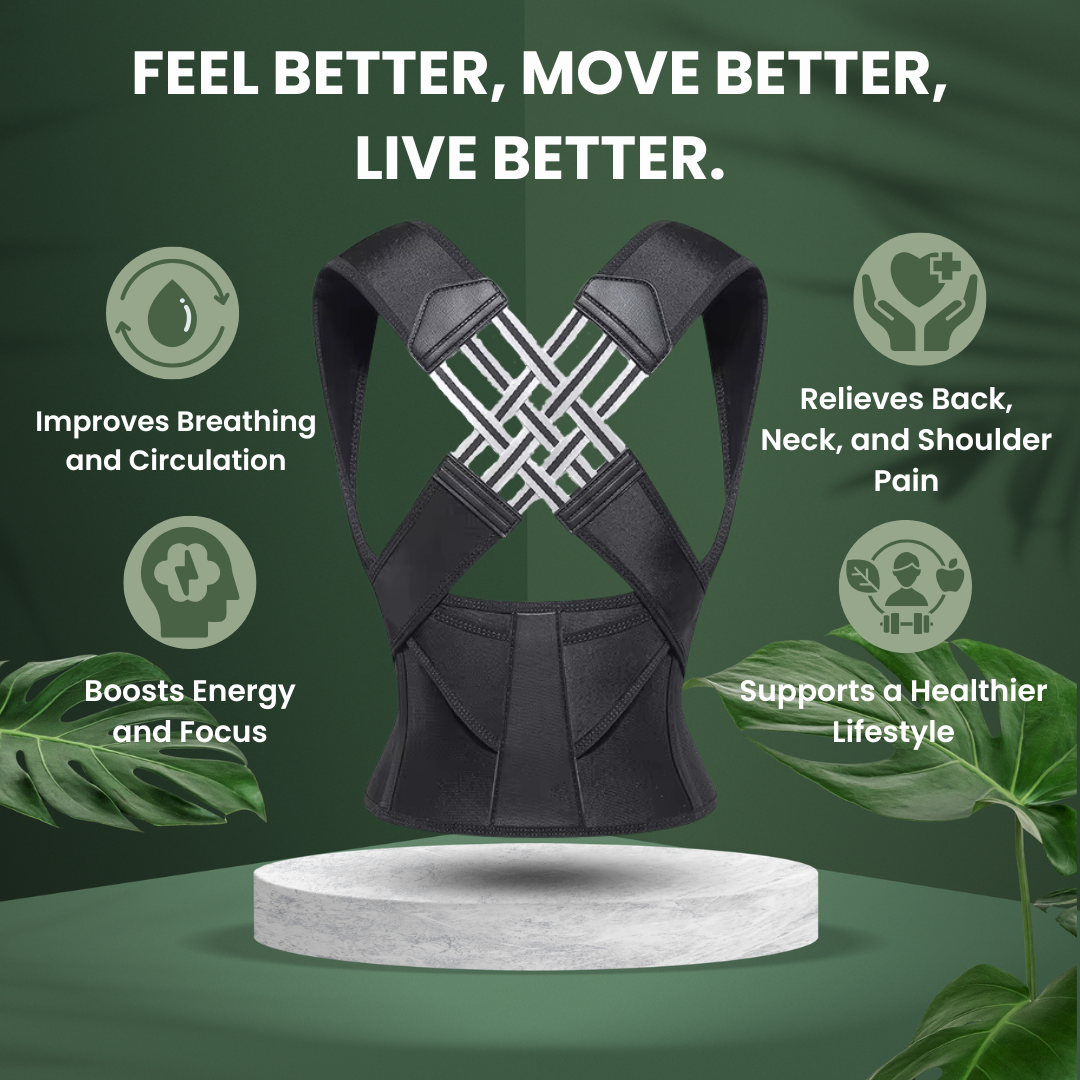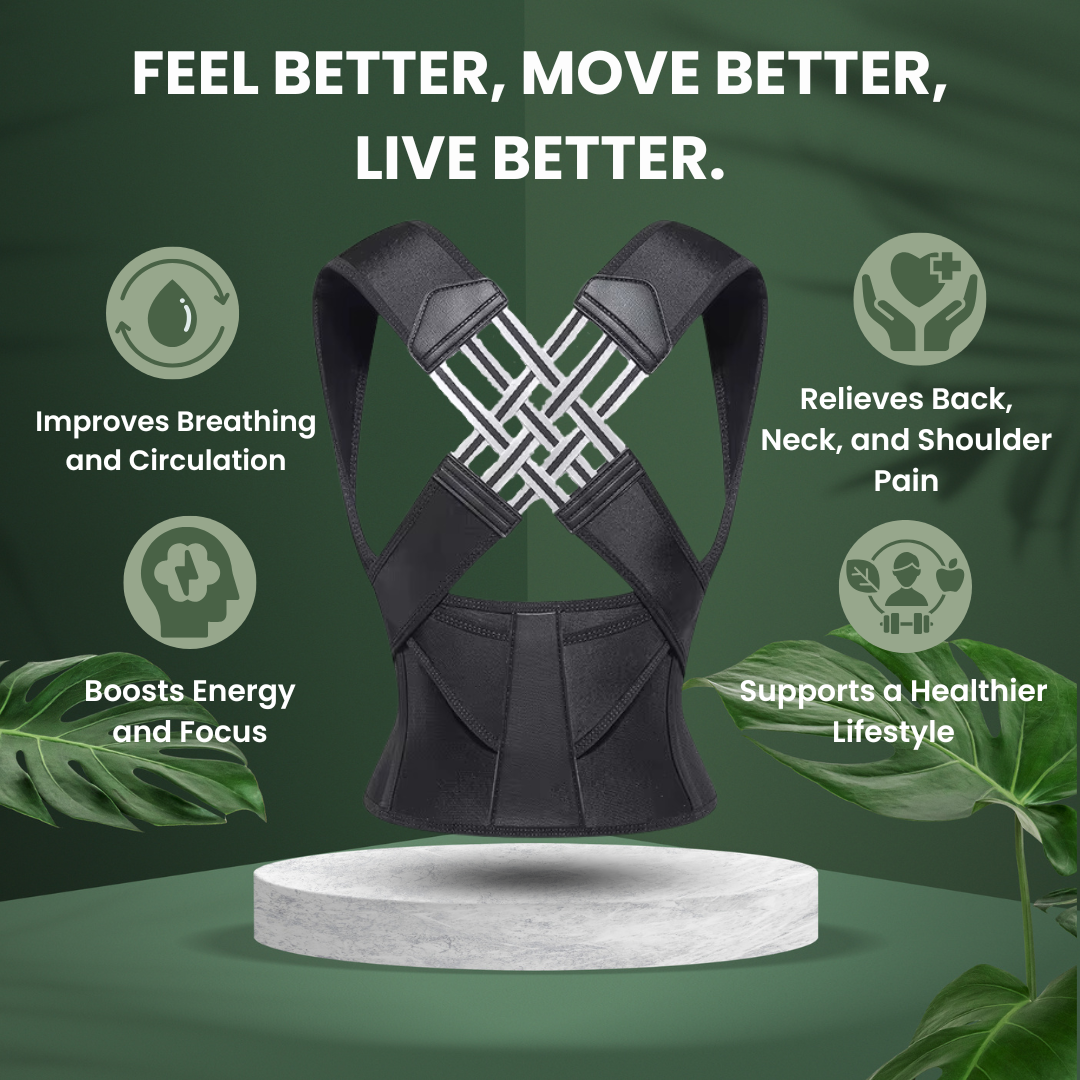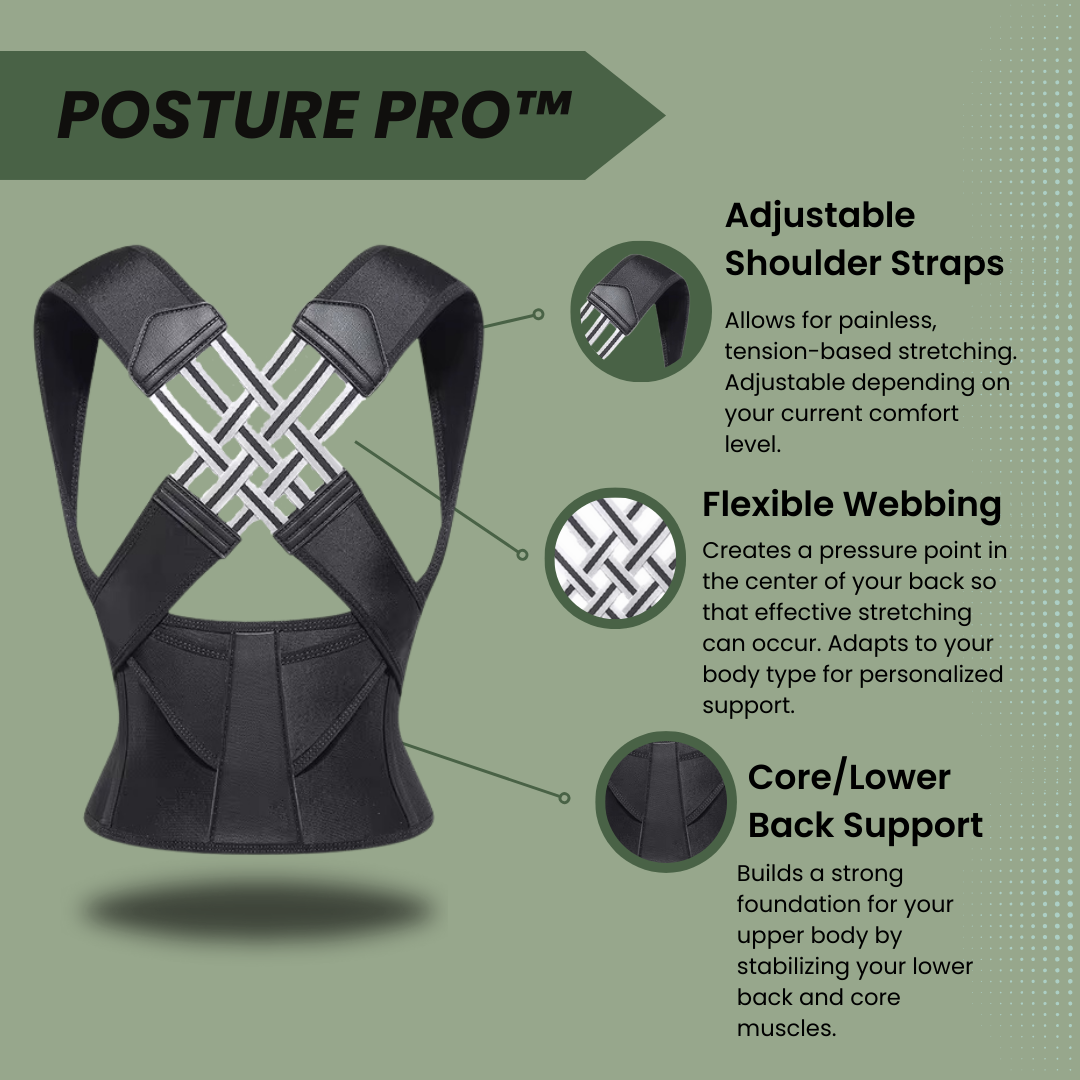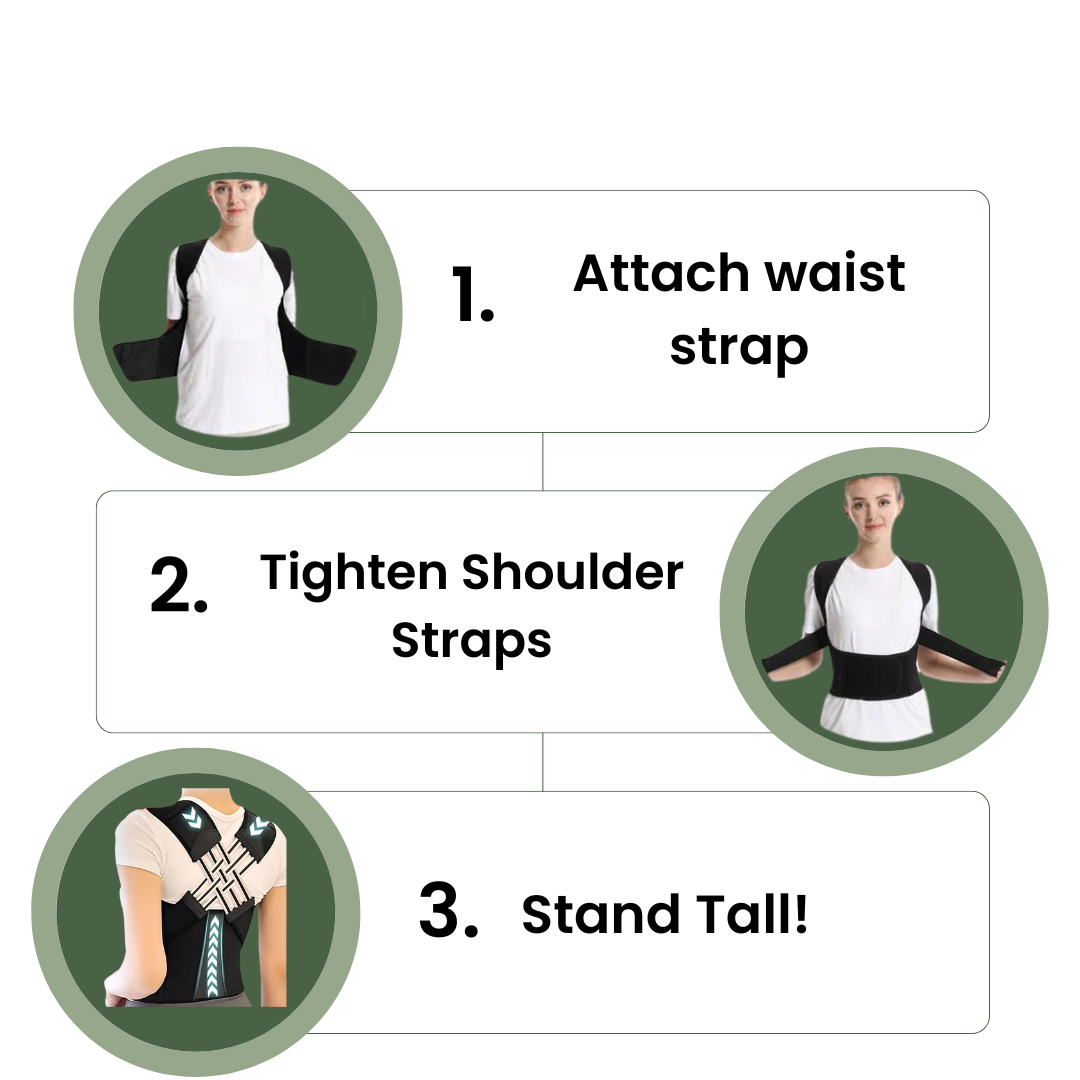Many athletes face the challenge of pushing their limits. Stretching benefits for athletic performance can help overcome this. Our article will show you how to enhance flexibility, strength, and endurance through stretching.
Discover the key to unlocking your potential.
Key Takeaways
- Stretching improves flexibility, joint mobility, and blood flow to the muscles. This makes muscles more flexible and reduces stiffness, which is crucial for maintaining a good range of motion in your joints.
- Incorporating both dynamic and static stretching into your routine boosts muscle strength, enhances recovery times, and lowers the risk of injuries. Dynamic stretches prepare the nervous system for activity before workouts while static stretches aid in muscle recovery post-exercise.
- Regular stretching leads to better athletic performance by increasing range of motion, improving circulation, and enhancing speed. These benefits support peak performance across various sports.
- Stretching correctly requires caution to avoid overstretching or injury. Listening to your body's signals during stretching routines ensures safety and maximizes benefits.
- Adding specific stretches like the hamstring stretch before and after physical activity can significantly enhance athletic potential by maximizing flexibility and minimizing injury risks.
Importance of Stretching for Athletic Performance
Stretching plays a crucial role in athletic performance. It improves flexibility, enhances joint mobility, and boosts blood flow to the muscles.
Flexibility, joint mobility, and blood flow
Flexibility is crucial for athletic performance. It allows muscles to remain flexible, strong, and healthy. This quality is vital for maintaining a good range of motion in the joints.
Improved joint mobility enhances movement and reduces feelings of stiffness during activities.
Proper stretching increases blood flow throughout the body. Enhanced circulation not only helps in muscle health but also improves overall recovery times. Both dynamic and static stretching techniques contribute to better performance while lowering the risk of injury.
Incorporating these practices into your routine can greatly enhance muscle strength and joint health.
Reducing feelings of stiffness
Stretching effectively reduces feelings of stiffness in the muscles. It keeps them flexible, strong, and healthy. This flexibility is crucial for maintaining a full range of motion in your joints.
Stretching increases blood flow throughout the body, which helps decrease stiffness significantly. Proper stretching techniques can enhance muscle tone while breaking down scar tissue.
Both dynamic and static stretching improve athletic performance by preparing your nervous system for activity. Performing stretches before and after exercise plays a vital role in injury prevention as well.
Better flexibility leads to improved heart health and lower blood pressure too, benefiting overall fitness levels.
Enhancing range of motion
Increasing your range of motion enhances athletic performance. Flexible muscles help maintain joint health and a full range of motion. This flexibility keeps the body strong and reduces stiffness.
Enhanced muscle tone leads to better overall movement efficiency.
Proper stretching techniques, like dynamic stretching, significantly improve blood flow to the muscles. Improved circulation boosts oxygen delivery during workouts. As a result, athletes experience quicker recovery times and lower injury risk.
Incorporating stretching into warm-ups prepares the nervous system for action, maximizing strength and power in activities like running or weightlifting.
Benefits of Stretching
Stretching boosts muscle flexibility and strength, which can lead to better athletic performance. It also lowers the risk of injuries by increasing joint mobility and preparing your body for action.
Improved muscle flexibility and strength
Improved muscle flexibility and strength play a crucial role in athletic performance. Flexible muscles can stretch farther, which enhances movement efficiency. This increased range of motion allows athletes to perform better in their respective sports.
Effective stretching keeps the muscles strong and healthy, essential for maintaining joint mobility.
Studies show that proper stretching can boost muscle tone while breaking down scar tissue. Increased blood flow from stretching aids recovery and reduces injury risk. Flexibility training directly contributes to improved running economy and speed during physical activities.
Incorporating these practices helps maximize your potential as an athlete.
Reduced injury risk
Stretching plays a crucial role in reducing injury risk for athletes. It keeps muscles flexible, strong, and healthy. This flexibility helps maintain a better range of motion in the joints.
Improved blood flow from stretching also decreases feelings of stiffness. As a result, athletes experience greater joint mobility during activities.
Incorporating stretching into warmup routines protects against injuries. Both dynamic and static stretching have proven benefits for athletic performance and injury prevention. By promoting muscle tone and breaking down scar tissue, proper techniques support overall muscle health.
Through effective stretching practices, athletes can enhance their performance while minimizing the chances of getting hurt.
Increased joint mobility
Increased joint mobility plays a crucial role in athletic performance. It allows athletes to move freely and efficiently during their activities. Flexible joints can enhance the range of motion and improve overall movement patterns.
This increase in mobility also helps reduce feelings of stiffness, which can hinder performance.
Proper stretching significantly improves joint function. It increases blood flow to the muscles and joints, promoting healing and reducing injuries. Dynamic stretching prepares the nervous system for physical activity, further enhancing performance outcomes.
Athletes who incorporate stretching into their routines often experience better recovery times and improved muscle health.
Improved performance and speed
Stretching enhances athletic performance and boosts speed. Flexible muscles allow athletes to move more freely. Improved flexibility increases muscle tone and reduces the risk of injuries.
Dynamic stretching before workouts prepares the nervous system for action, which can lead to quicker responses during competition. Proper stretching techniques improve circulation, ensuring that blood flows efficiently to working muscles.
Increased joint mobility enhances movement efficiency. This lets athletes perform at their best in various sports. Stretching benefits not only help with physical activity but also promote overall muscle health and recovery.
As a result, incorporating proper stretching techniques into routines maximizes potential and supports peak performance in athletics.
Proper Techniques for Stretching
To perform stretching effectively, use dynamic stretches before workouts. Always stretch gradually and listen to your body to avoid injury.
Dynamic stretching
Dynamic stretching offers many benefits for athletes. It prepares the nervous system for activity. This type of stretching increases blood flow and enhances joint mobility. Athletes use dynamic stretches to keep their muscles flexible and strong.
Improved muscle flexibility leads to better performance enhancement. Incorporating these movements can reduce the risk of injuries during training or competition.
Engaging in dynamic stretching before workouts helps with overall muscle health. These exercises boost circulation, improving blood flow throughout the body. They also help decrease feelings of stiffness, making it easier to perform at your best.
Using effective techniques like leg swings or arm circles sets the stage for a successful workout session. Properly executing dynamic stretches is crucial for maximizing your potential in sports activities.
When to stretch
Stretching plays a crucial role in athletic performance. Stretch your muscles before and after exercise. This practice helps prevent injuries and improves overall performance. Use dynamic stretching to warm up.
It prepares the nervous system for activity, increases circulation, and boosts blood flow to the muscles.
Static stretching should occur after workouts. Stretching post-exercise enhances recovery and flexibility. It also reduces feelings of stiffness in the muscles. Regularly incorporating these techniques can lead to improved muscle health and better athletic outcomes over time, maximizing your potential for success.
Caution when stretching
Caution plays a vital role in stretching. Overstretching can lead to injuries. People often push their limits without considering their body’s signals. Stretching too aggressively can cause muscle strain or ligament tears.
Always listen to your body during any routine.
Dynamic stretching is key before workouts, while static stretching suits after exercises. Both approaches enhance performance and reduce injury risk when done correctly. Gradually increase intensity in your stretches for the best results.
Pay attention to proper techniques for maximizing benefits from stretching, which helps improve flexibility and tone the body effectively.
Sample hamstring stretch
Stretching the hamstrings boosts flexibility and reduces injury risk. A proper hamstring stretch improves muscle health and enhances performance.
- Stand tall with your feet hip-width apart. Keep your knees slightly bent to ensure comfort.
- Extend one leg forward while keeping the other foot firmly planted. Point your toes toward the ceiling for maximum stretch.
- Hinge at your hips, leaning forward gently over your extended leg. Maintain a straight back throughout the motion to avoid strain.
- Hold this position for 15 to 30 seconds. Focus on breathing deeply to relax your muscles during the stretch.
- Switch legs and repeat the process. Doing so helps maintain balance in flexibility across both legs.
- Incorporate this stretch into your routine before and after physical activity. Regular practice can lead to improved athletic performance as well as reduced injury risks.
- Stretching aligns with overall muscle health and recovery needs, making it crucial for athletes at any level.
- Increased blood flow from stretching nourishes muscles and aids in faster recovery times after workouts or events.
Incorporating a sample hamstring stretch into your routine can significantly enhance athletic potential by maximizing flexibility, joint mobility, and overall performance quality while minimizing injuries.
Importance of incorporating stretching into athletic routines
Stretching plays a crucial role in athletic routines. It keeps muscles flexible, strong, and healthy. This flexibility is essential for maintaining range of motion in joints. Stretching improves blood flow, which helps reduce stiffness and enhances overall performance.
Proper techniques like dynamic stretching raise heart rates and prepare the nervous system for action.
Athletes benefit greatly from increased joint mobility and reduced injury risks through regular stretching practices. Both dynamic and static stretching can enhance muscle tone while breaking down scar tissue.
When athletes stretch before and after exercise, they support muscle health and recovery effectively. These actions ultimately maximize athletic performance while minimizing the risk of injuries.
Potential for improved performance and reduced risk of injury
Improved performance and reduced risk of injury come from regular stretching. This practice keeps muscles flexible, strong, and healthy. Flexibility allows the body to maintain a full range of motion in joints.
Improved joint mobility helps athletes move more freely during their sports activities.
Research shows that dynamic and static stretching enhances athletic performance while lowering injury risks. Stretching increases blood flow, which supports circulation throughout the body.
With better circulation, muscles recover faster after exertion. Properly incorporating stretching into routines can lead to significant gains in muscle tone and overall health.
FAQs
1. What are the benefits of stretching for athletic performance?
Stretching can maximize your potential in athletic performance by preparing your nervous system and enhancing muscle flexibility.
2. How does stretching prepare the nervous system for athletic activities?
Stretching stimulates the nervous system, making it ready for intense physical activities which is crucial in maximizing an athlete's potential.
3. Can I improve my athletic performance just by stretching?
Yes, regular and proper stretching can help you maximize your potential as it prepares both your muscles and nervous system for optimum performance.
4. Is there a specific type of stretch that maximizes athletic potential?
While all types of stretches have their benefits, dynamic stretches are particularly effective in preparing the nervous system and boosting overall athletic performance.



















